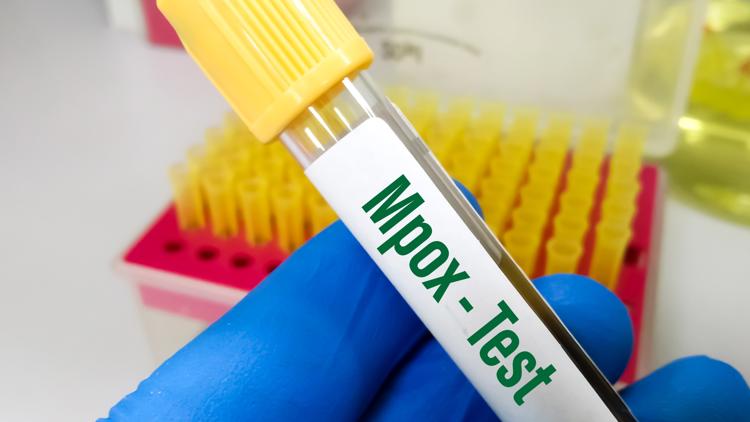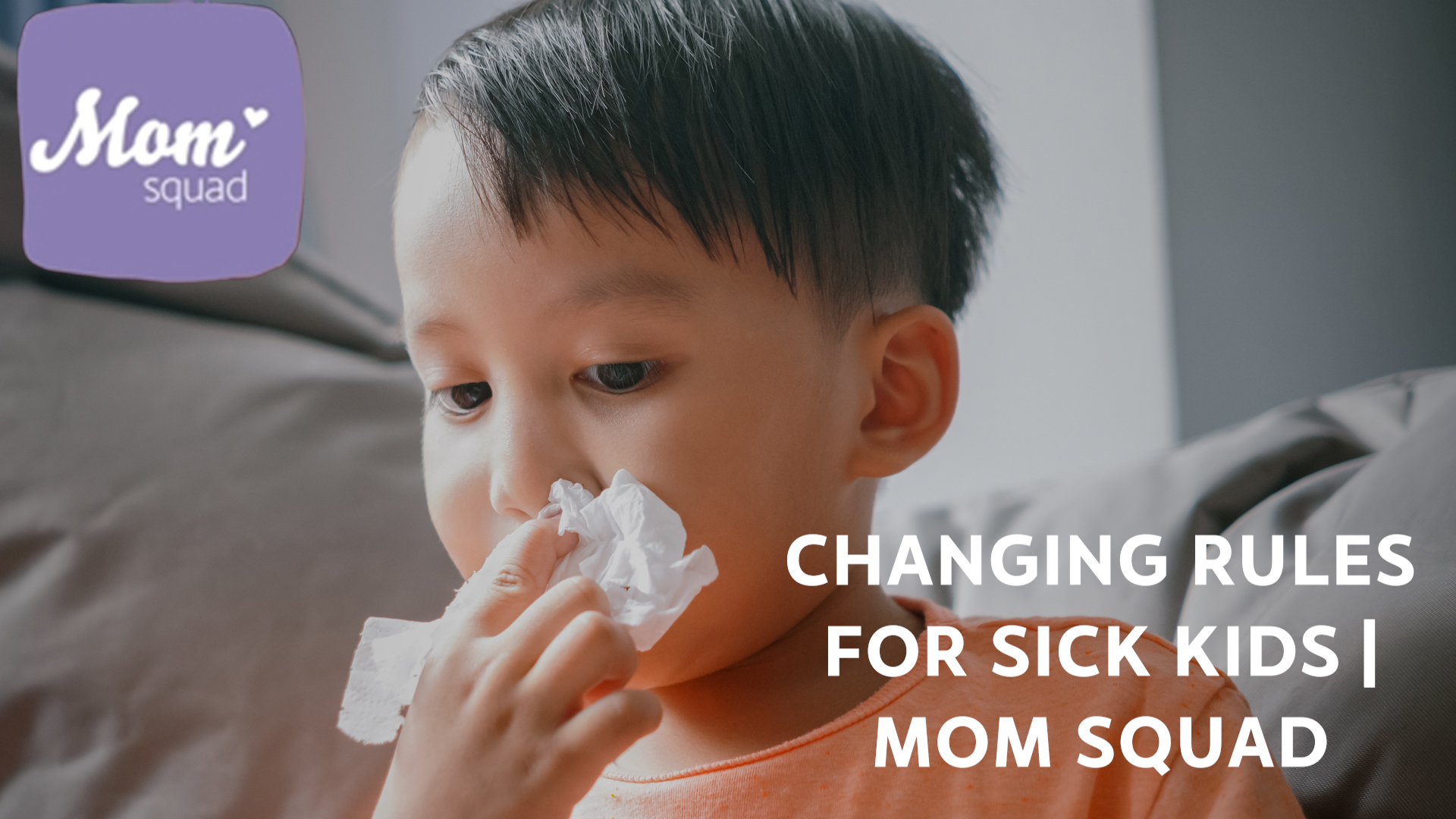ATLANTA — The World Health Organization (WHO) declared a mpox outbreak as a public health emergency on Wednesday. According to WHO, this comes after an upsurge of the disease in the Democratic Republic of the Congo and a growing number of countries in Africa.
It was decided that this constituted a public health emergency of international concern, with the potential to spread further across countries in Africa and possibly outside the continent.
Mpox has been reported in the Democratic Republic of the Congo for more than a decade -- with the number of cases reported each year steadily increasing, according to a release.
Below is a breakdown of what to know regarding this disease.
What is mpox, and how do you get it?
Mpox is a disease caused by infection with the monkeypox virus, according to the Centers for Disease Control and Prevention. The virus is part of the same family as the one that causes smallpox. It can spread between both animals and people. It is also found regularly in parts of Central and West Africa.
It was first discovered in 1958 when outbreaks happened in colonies of monkeys kept for research, the CDC said. The first human case was recorded in 1970 in the Democratic Republic of the Congo. In 2022, it spread around the world, but before that, the cases of mpox in other locations were rare and usually connected to travel or animals being imported.
There are two types of the virus: Claude 1 and Claude II.
The CDC said that Claude 1 causes more severe illness and death. It is endemic to Central Africa, and some outbreaks have killed up to 10% of people who get sick. The more recent outbreaks have had lower death rates.
Claude II is the type that caused the global outbreak that began in 2022, the CDC said. Those infections are less severe as more than 99.9% of people survive. It generally occurs in West Africa.
According to the CDC, both viruses can spread through:
- Direct contact with infected animals
- Close contact (including intimate contact) with a person with mpox
- Direct contact with contaminated materials
Is mpox the same as monkeypox?
Yes, mpox is the same disease as monkeypox.
The Associated Press reported back in 2022 how WHO renamed monkeypox to mpox due to concerns that the original name could be taken as discriminatory and racist.
The health agency expressed concerns about the "racist and stigmatizing" language that appeared after the disease spread to more than 100 counties. The name change happened after numerous people and countries asked the organization if the name could be altered.
What are the symptoms of mpox?
The CDC said that those with the disease often have a rash that can be located on one's hands, feet, chest, face, mouth or near the genitals.
The incubation period is 3 to 17 days. However, during this time, a person does not have symptoms and may feel fine, the CDC said. The rash will go through several stages, like scabbing, before it heals. Also, it can initially look like pimples or blisters that may be painful or itchy.
Other symptoms can include:
- Fever
- Chills
- Swollen lymph nodes
- Exhaustion
- Muscle aches and backache
- Headache
- Respiratory symptoms (e.g., sore throat, nasal congestion, or cough)
A person can have all or only a few of these symptoms, the CDC said.
The Associated Press reported that in previous in mpox outbreaks, lesions were mostly seen on the chest, hands and feet. However, the new form causes milder symptoms and lesions on the genitals. This can make it harder to spot.
How long do mpox symptoms last?
According to the CDC, the symptoms typically start within 21 days of exposure. If a person has flu-like symptoms, they will likely develop a rash one to four days later. The CDC said to visit a health care provider if you have symptoms like a rash.
A person with the disease can spread it from the time symptoms start until the rash has fully healed and a fresh layer of skin has formed. However, new data is showing that some people can spread it one to four days before symptoms appear. There is currently no evidence showing that people who never had symptoms have spread the virus.
How is mpox transmitted?
The two types of mpox can spread through direct contact with infected wild animals, through close contact with a person with mpox through contact with a person who has the disease and through contact with contaminated materials, the CDC said.
For more information about what constitutes as close contact and how mpox spreads, click here.
How do you protect yourself from mpox?
The CDC recommends five steps you can take to protect yourself from getting the disease. Those are:
- Get vaccinated
- Check with your healthcare provider to see if the vaccine is recommended for you.
- The JYNNEOS vaccine is recommended for prevention and both doses provide the best protection. One should get the two doses four weeks apart.
- If it has been longer than four week since getting the first dose, you should get the second as soon as possible.
- If you've previously recovered from mpox, you do not need the vaccine.
- Learn steps you can take to lower your risk of getting the disease, such as being careful about close personal contact.
- Avoid close, skin-to-skin contact with people who have a rash that looks like mpox and animals that carry the disease.
- Avoid contact with objects and materials that a person with mpox has used.
- Wash your hands often.
For any more information about mpox and what to do if you're sick, click here.



